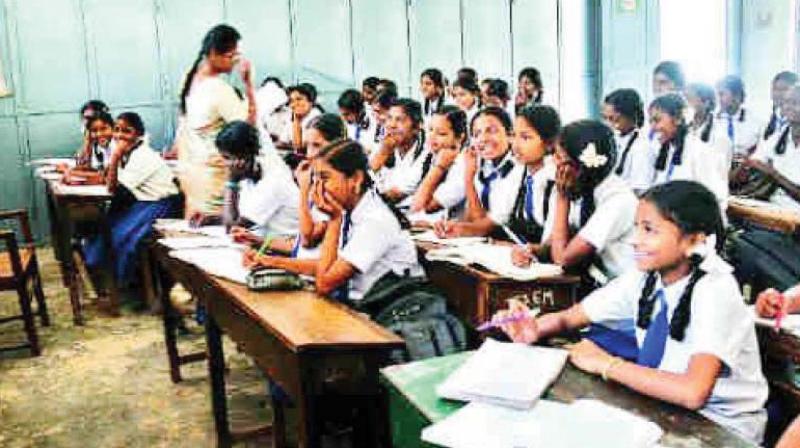Trying times for pedagogy in Ooty

Ooty: It is a fact that over the decades, people from across India have been making their best efforts to get their children admitted to schools in the Nilgiris. Starting from the British era, the convent culture, convent-type English medium education and residential school education have become a part of hill school education tradition.
Post-independence, the opening of government schools in every nook and corner of the hills saw children in remote villages too getting access to education. Many physicians, engineers, professors and scientists hailing from villages in the Nilgiris who made it big in their careers, had their education in government schools in villages.
Notable among them is Dr H. Devaraj, who studied in the Government High School at Kilur-Kokalada (this school is closed now) and went on to become the vice-chairman of the UGC in the past. This shows the healthy standard of government schools in the Nilgiris in the past.
The trend has begun to change as four government schools across the Nilgiris have been temporarily closed from this academic year. Mr. Naziruddin, chief educational officer (CEO), Nilgiris, was diplomatic on the fate of these four schools, saying that the schools are open but there is no student in these schools. He said that two government high schools, one in Kilur Kokalada village and other at Iduhatty village and two government elementary schools, one at Bandhimai village and another one at Devi Valley hamlet are without any students this academic year.
Student strength in these schools was in the single digit last academic year. This year, parents shifted their wards in these four schools to nearby government schools on their own initiative, he added. If parents are willing to admit their wards in these schools they will function as usual, he added.
“There are 440 government run schools across the Nilgiris. The total strength in these schools is around 26,000. Barring the above mentioned four schools, the strength in other government schools across the Nilgiris is stable,” he said. He added that when there are no takers for the government high school in Iduhatti village, the trend is highly positive in the nearby government higher secondary school at Thuneri village, which has become a model school with smart class facility, as this year alone, 180 students from nearby villages joined this school. This shows that the standard of education is good in government schools, he said. “It appears that parents looking for better infrastructure, have made them to look beyond government schools,” Mr. Naziruddin explained. Meanwhile, a correspondent of a private school in a village near here said that the school education trend is changing in the Nilgiris as quite a few private schools with convent-culture and English medium have come to stay in the village limits
across the Nilgiris. “Since, the convent-type schools were missing in the village limits in the past there was no other go but to rely on government schools. Now, with changing times, the school culture too is changing in Nilgiris,” he added.

